Can blueberry ph be too low?
apapjim
10 years ago
Related Stories

EDIBLE GARDENSSummer Crop: How to Grow Blueberries
Plant blueberries in spring or fall for garden beauty through three seasons — and a sweet superfood in summer
Full Story
GARDENING GUIDESGreat Design Plant: Grow Blueberries for Their Fruit and More
Eastern gardeners should consider growing blueberry plants for their delicious fruits, bee-friendly spring blooms and brilliant fall foliage
Full Story
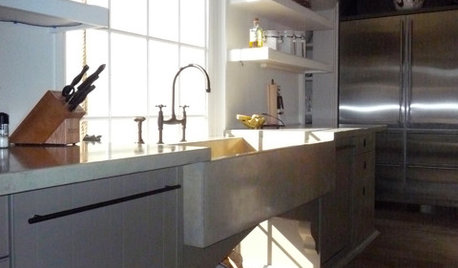
KITCHEN DESIGNGreat Solutions for Low Kitchen Windowsills
Are high modern cabinets getting you down? One of these low-sill workarounds can help
Full Story
GARDENING GUIDES9 Low-Growing Hedges That Make Good Neighbors
Define garden areas or borders without blocking the view, with these evergreen shrubs that take kindly to trimming
Full Story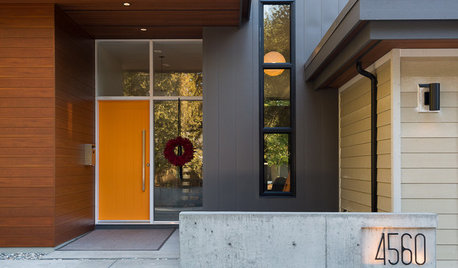
CURB APPEALEntry Recipe: Low-Maintenance Meets Contemporary Curb Appeal in Canada
A neighborhood-appropriate mix of textures and colors invites visitors to linger as they approach
Full Story
LANDSCAPE DESIGN7 Low-Maintenance Lawn Alternatives
Turf isn't the only ground cover in town. Get a lush no-grass lawn with clover, moss and other easy-care plants
Full Story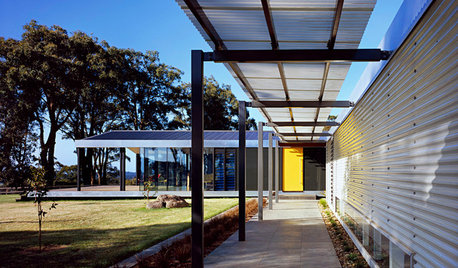
MODERN HOMESHouzz Tour: Stylish Farmhouse Addition Keeps a Low Profile
This country home’s redesign is all about living quietly and comfortably and taking in the views
Full Story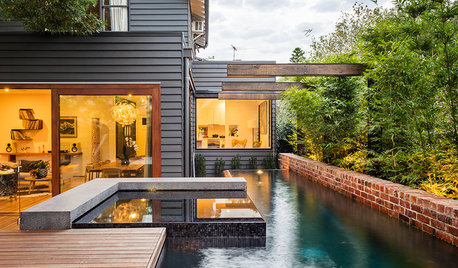
POOLSWe Can Dream: 7 Things to Consider Before Investing in an Outdoor Spa
Check out these tips and tricks for adding a luxurious outdoor spa to your landscape
Full Story
GARDENING GUIDESHave Acidic Soil in Your Yard? Learn to Love Gardening Anyway
Look to acid-loving plants, like conifers and rhododendrons, to help your low-pH garden thrive
Full StoryMore Discussions








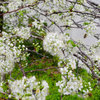
bamboo_rabbit
apapjimOriginal Author
Related Professionals
Bellflower Landscape Architects & Landscape Designers · Manorville Landscape Architects & Landscape Designers · Saint Matthews Landscape Architects & Landscape Designers · Paradise Landscape Architects & Landscape Designers · Dallas Landscape Contractors · Elkridge Landscape Contractors · Fruit Heights Landscape Contractors · Las Vegas Landscape Contractors · Peoria Landscape Contractors · San Pedro Landscape Contractors · Thonotosassa Landscape Contractors · Chandler Decks, Patios & Outdoor Enclosures · Laurel Siding & Exteriors · Dale City Siding & Exteriors · Sacramento Siding & Exteriorsbamboo_rabbit
apapjimOriginal Author
apapjimOriginal Author
bamboo_rabbit
apapjimOriginal Author
bamboo_rabbit
happy_fl_gardener; 9a, near DeLand
bamboo_rabbit
apapjimOriginal Author
bamboo_rabbit
apapjimOriginal Author
happy_fl_gardener; 9a, near DeLand
bamboo_rabbit
ErikC
bamboo_rabbit
loufloralcityz9
ErikC
ErikC
ErikC
bamboo_rabbit
loufloralcityz9
ErikC
bamboo_rabbit
ErikC
BahamaDan Zone 12b Subtropics
wisconsitom